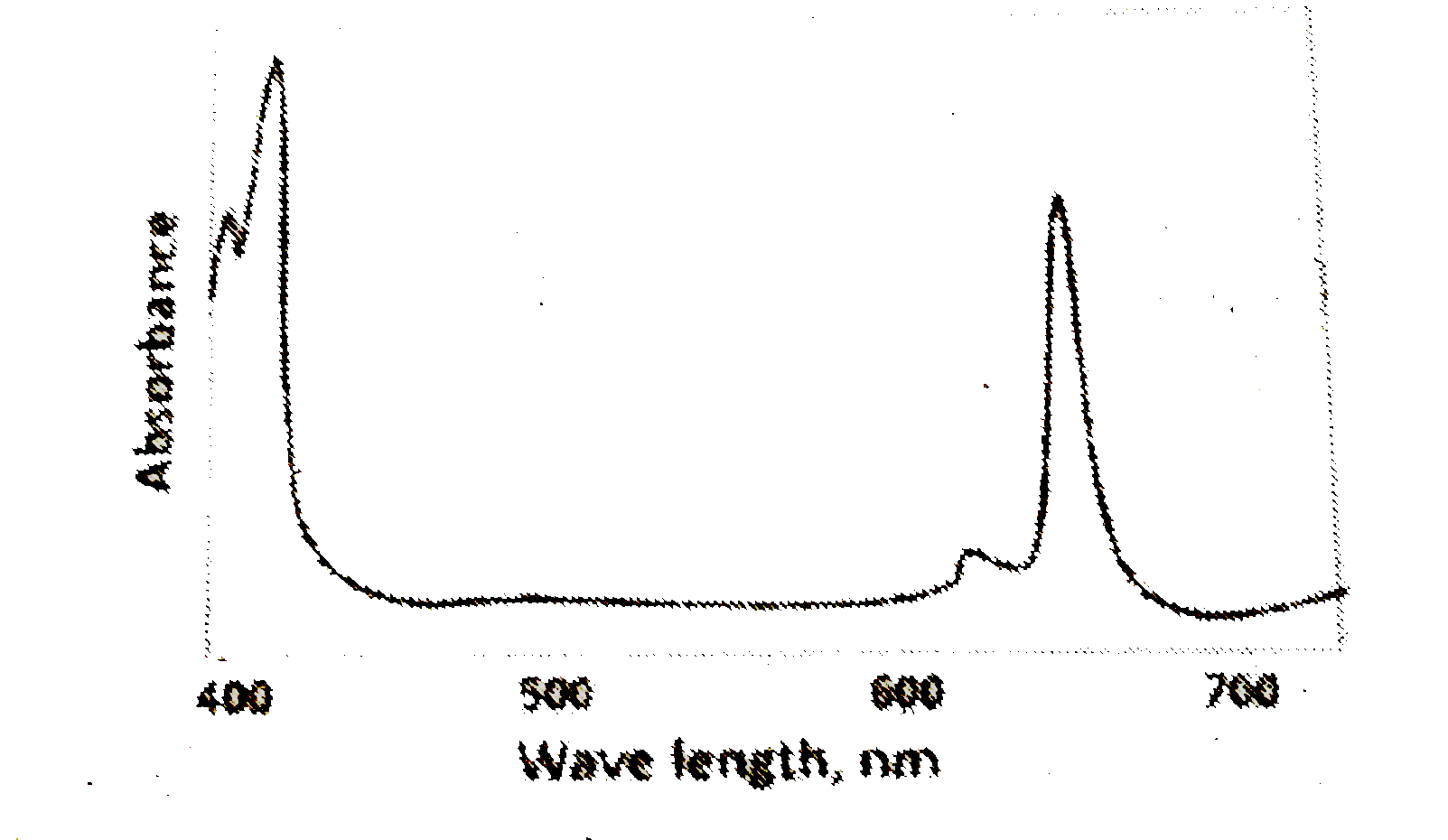Phycoerythrin is the major pigment in:
Red Algae
Blue green algae
green algae
brown algae
The correct Answer is:A
To determine where phycoerythrin is the major pigment, we can follow these steps:
1. Understand the Question: The question asks about the major pigment phycoerythrin and which type of algae it is associated with.
2. Identify Types of Algae: There are several classes of algae, including:
- Chlorophyceae (Green Algae)
- Rhodophyceae (Red Algae)
- Pheophyceae (Brown Algae)
- Cyanobacteria (Blue-Green Algae)
3. Analyze Each Class for Pigments:
- Chlorophyceae (Green Algae): The main pigments are chlorophyll A and B. Phycoerythrin is not present here.
- Rhodophyceae (Red Algae): This class contains chlorophyll A and D, and importantly, phycoerythrin, which gives red algae their characteristic color.
- Pheophyceae (Brown Algae): The pigments here are chlorophyll A and C, along with fucoxanthin, which gives brown algae their color. Phycoerythrin is not found in this class.
- Cyanobacteria (Blue-Green Algae): These are prokaryotic organisms that also contain chlorophyll but do not have phycoerythrin.
4. Conclusion: Based on the analysis, phycoerythrin is primarily found in the Rhodophyceae class, which consists of red algae.
5. Final Answer: Therefore, the correct answer is Red Algae (Rhodophyceae).
- Chlorophyceae (Green Algae)
- Rhodophyceae (Red Algae)
- Pheophyceae (Brown Algae)
- Cyanobacteria (Blue-Green Algae)
- Chlorophyceae (Green Algae): The main pigments are chlorophyll A and B. Phycoerythrin is not present here.
- Rhodophyceae (Red Algae): This class contains chlorophyll A and D, and importantly, phycoerythrin, which gives red algae their characteristic color.
- Pheophyceae (Brown Algae): The pigments here are chlorophyll A and C, along with fucoxanthin, which gives brown algae their color. Phycoerythrin is not found in this class.
- Cyanobacteria (Blue-Green Algae): These are prokaryotic organisms that also contain chlorophyll but do not have phycoerythrin.
Topper's Solved these Questions
- BOOK - NEET PREVIOUS YEAR (YEARWISE + CHAPTERWISE)CHAPTER - PRINCIPLES OF INHERITANCE AND VARIATION EXERCISE - MCQ161videos
PRINCIPLES OF INHERITANCE AND VARIATION
- BOOK - NEET PREVIOUS YEAR (YEARWISE + CHAPTERWISE)CHAPTER - REPRODUCTION IN ORGANISMSEXERCISE - Exercise19videos
REPRODUCTION IN ORGANISMS
Similar Questions
Knowledge Check
- Question 1 - Select One
Chla + Chld + r-phycoerythrin are the pigments in the members of -
ARhodophyceaeBPhaeophyceaeCChlorophyceaeDCyanophyceae - Question 2 - Select One
Phycoerythrin is present in
AEuglenaBPolysiphoniaCChlamydomonasDfucus. - Question 3 - Select One
Chlorophyll 'a', C - phycocyanin and C - phycoerythrin are pigments of :-
ARed algaeBBlue green algaeCBrown algaeDGreen algae
What are that number of primary colours ?
View SolutionThe graph below represents the absorption spectrum of major pigment contributing to photosynthesis ?
 View Solution
View SolutionChlorophyll b. chlorophyll d and cholorophyll c are major pigments in________. _______.and _________.respectively
View SolutionConsider the following statements:
I. Red algae are red because of the presence of the pigment phycoerythrin, this pigment of reflects red light and absorbs blue light.
II. Because blue light penetrates water to a greater depth than light of longer wavelengths, these pigments allow red algae to photosynthesize and live at somewhat greater depths than most other "algae".View SolutionWhich is not an accessory pigment
View Solution

